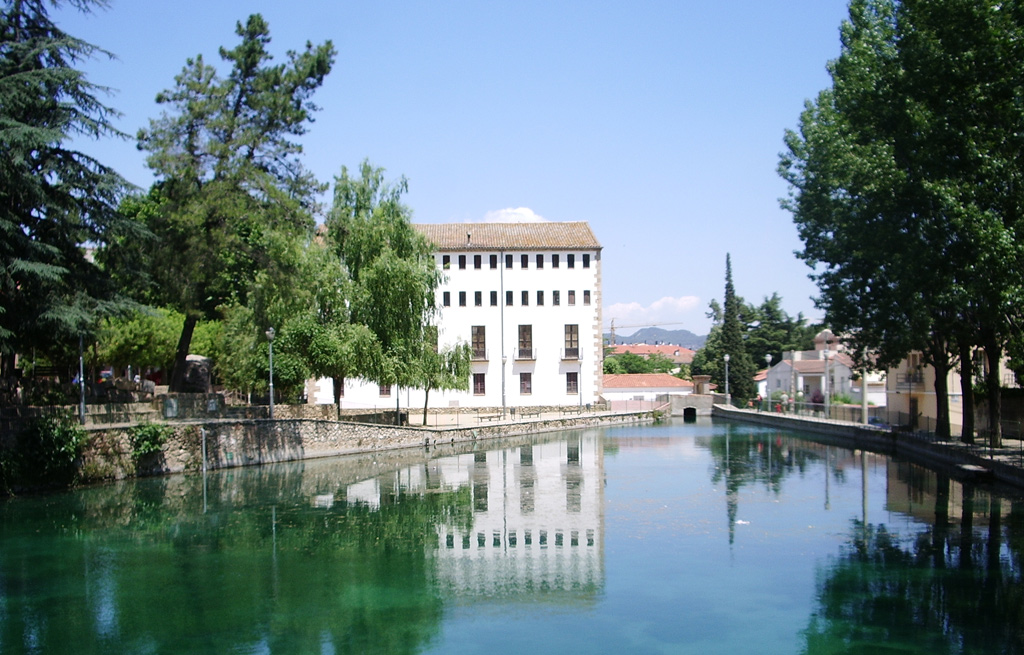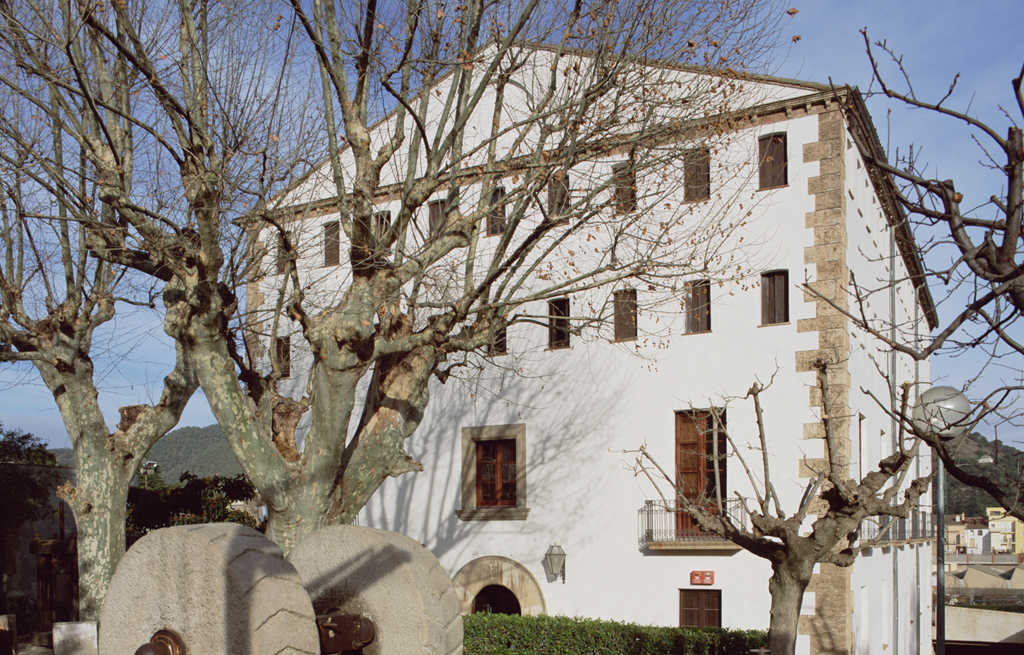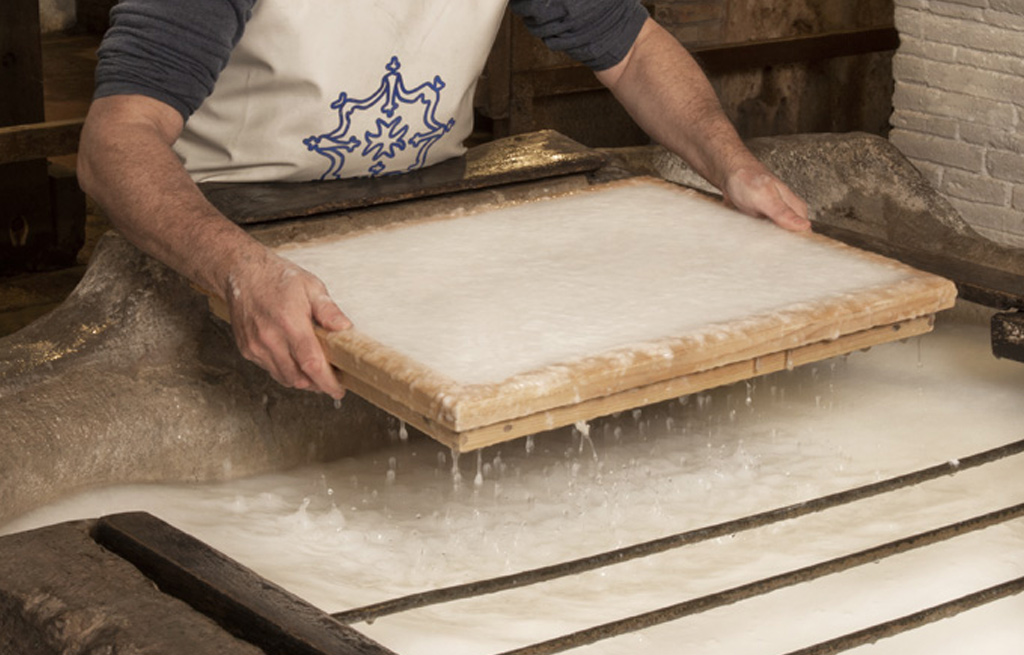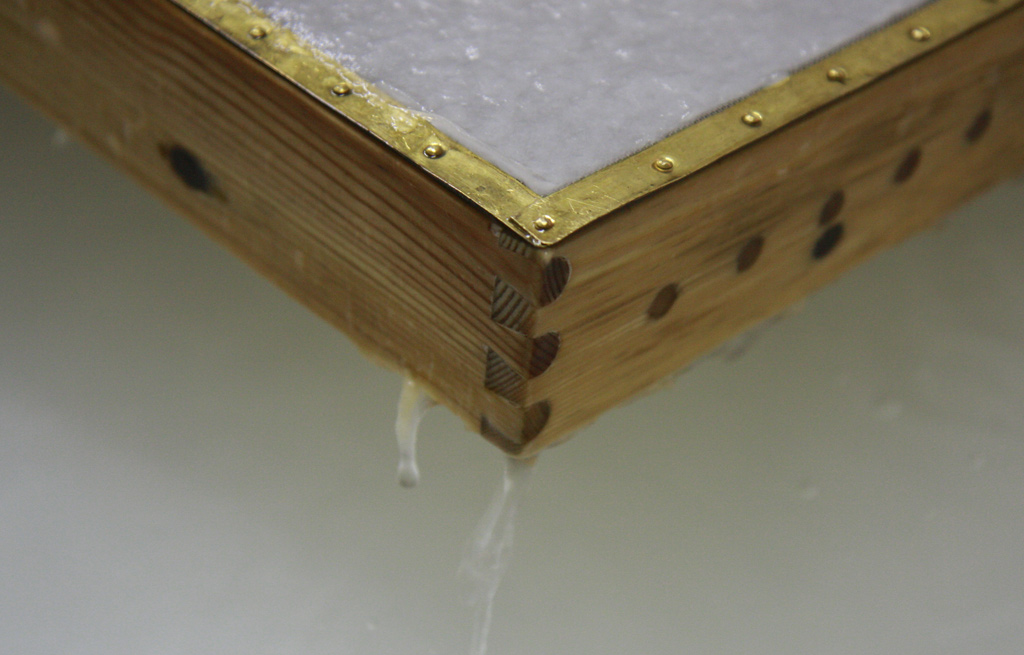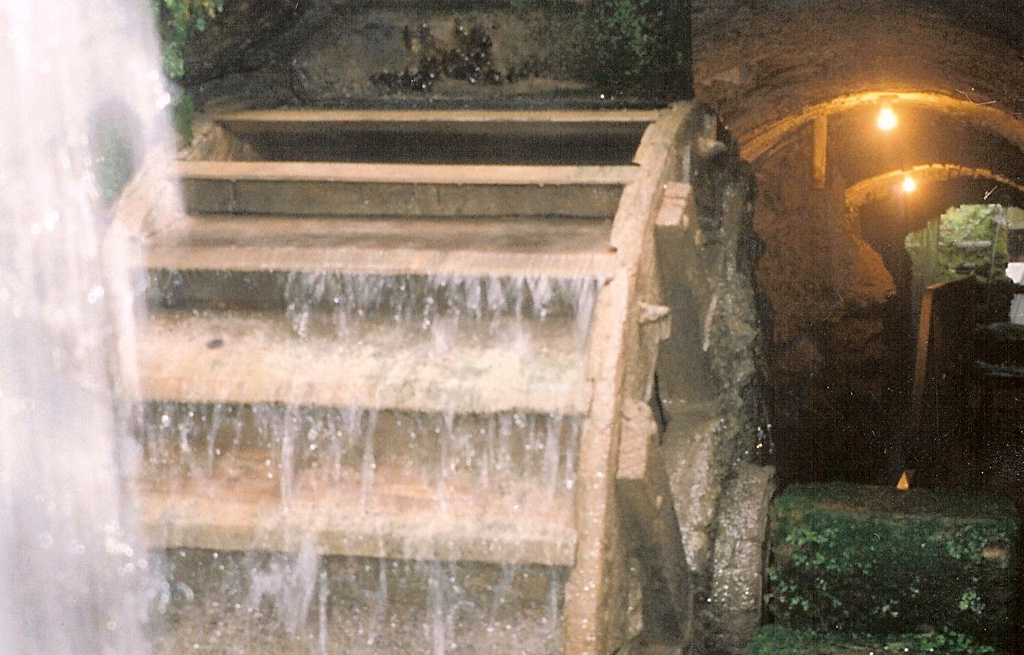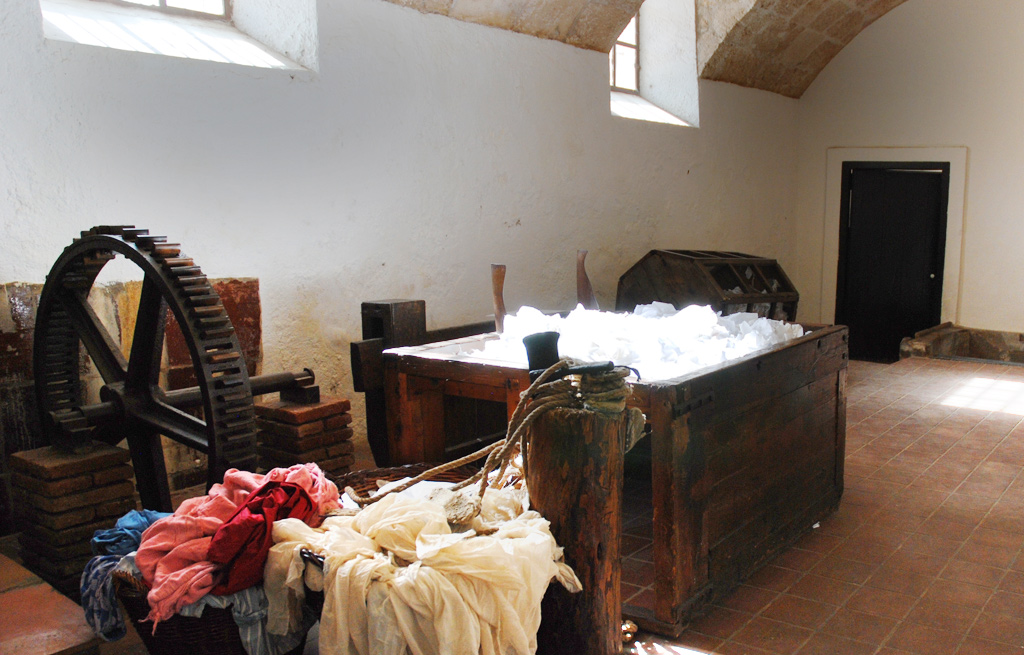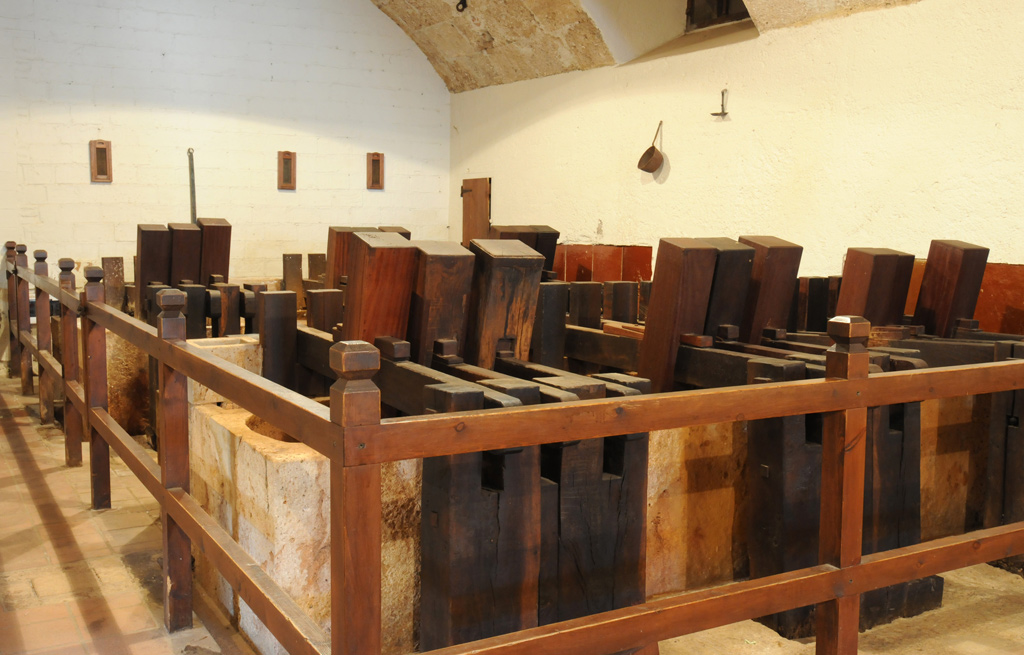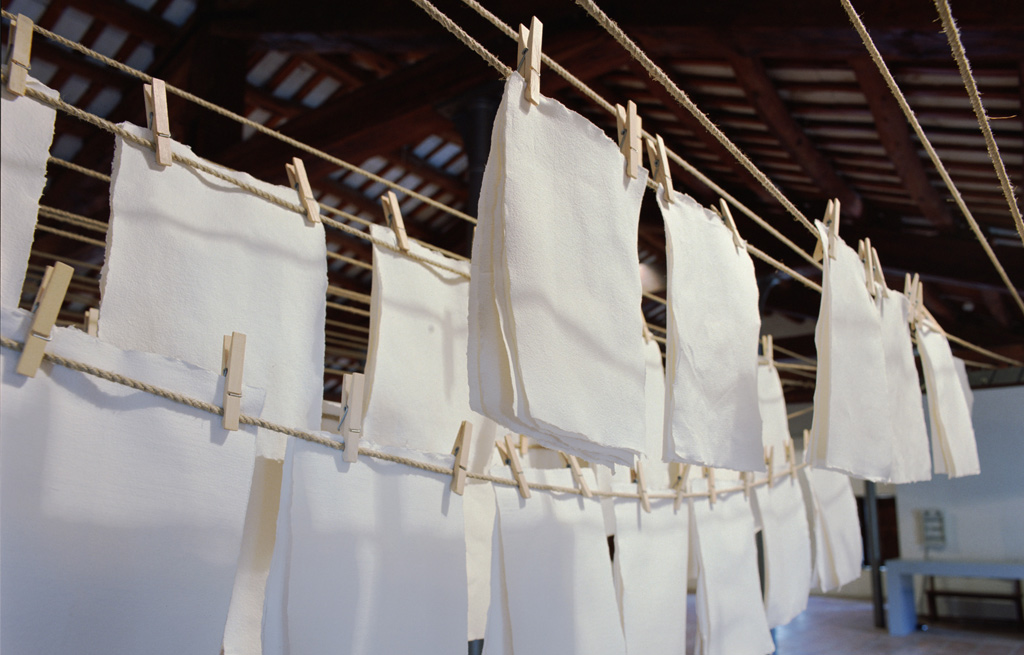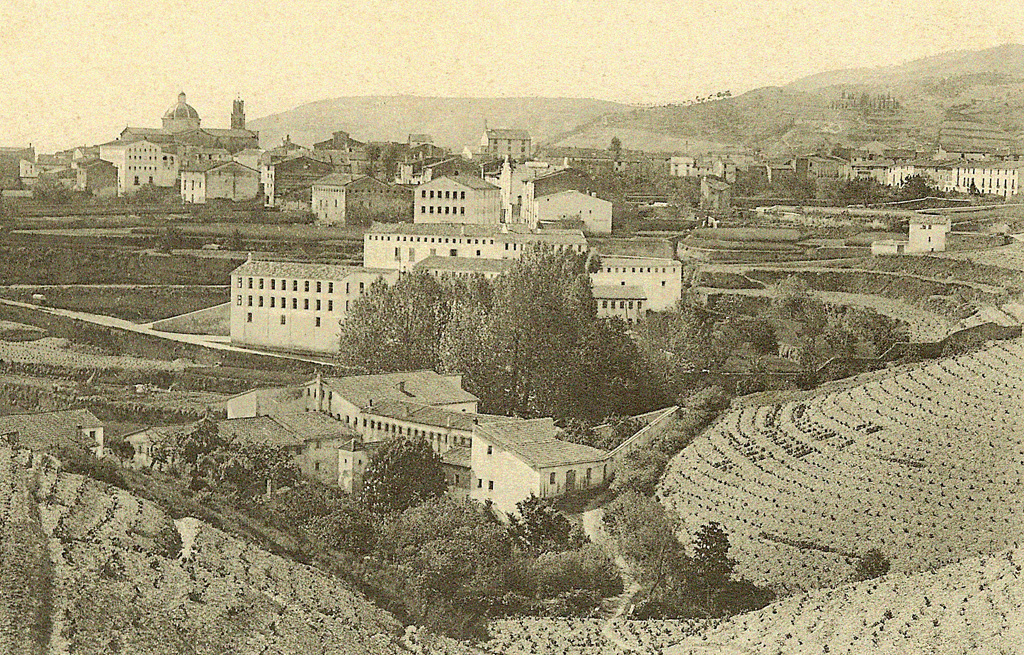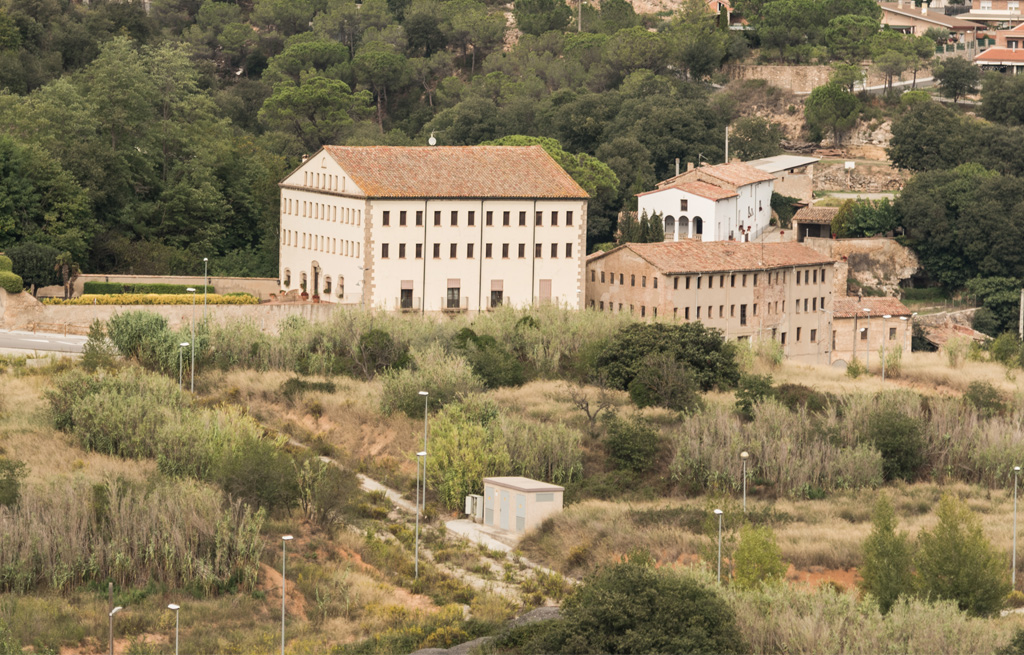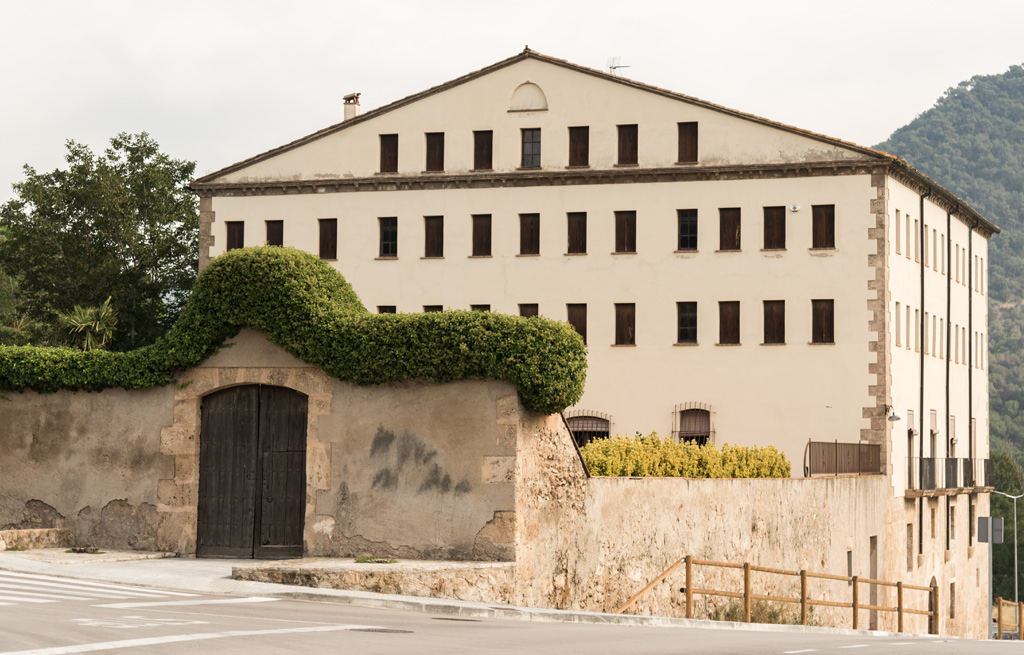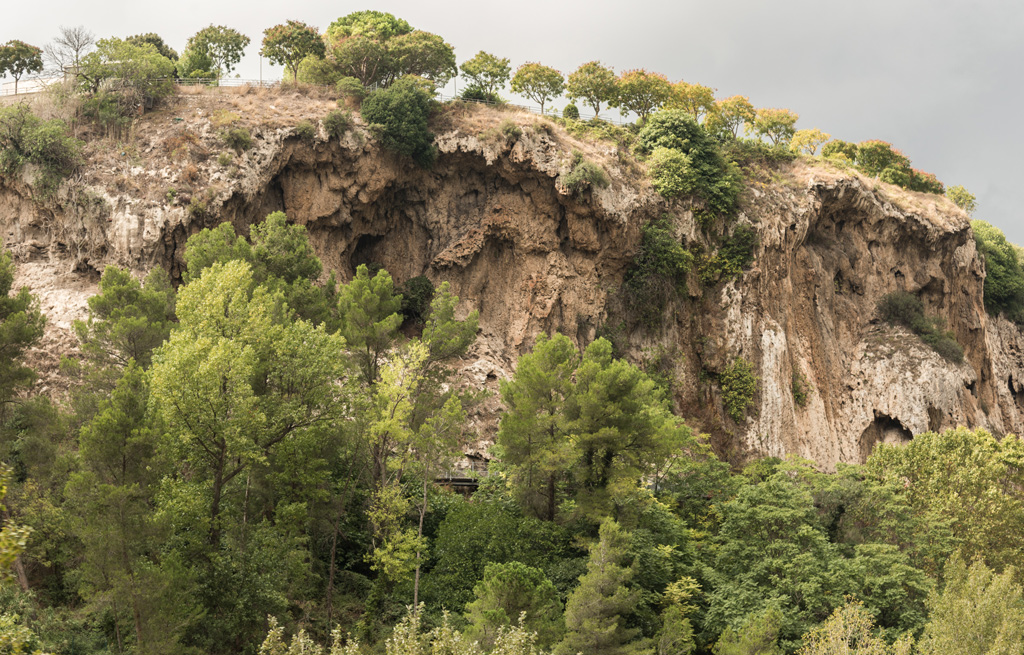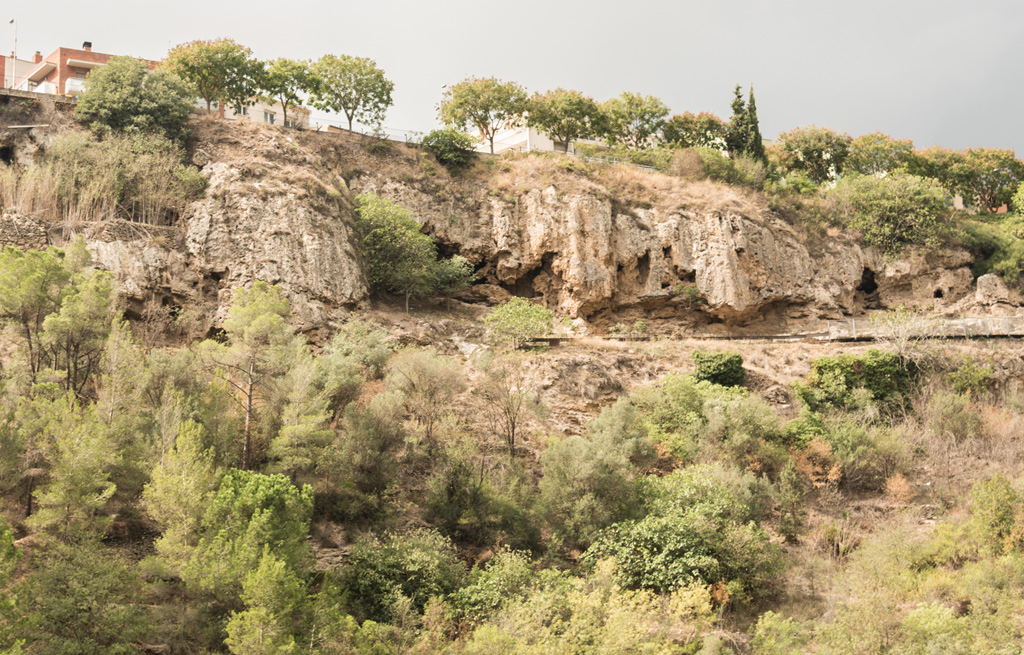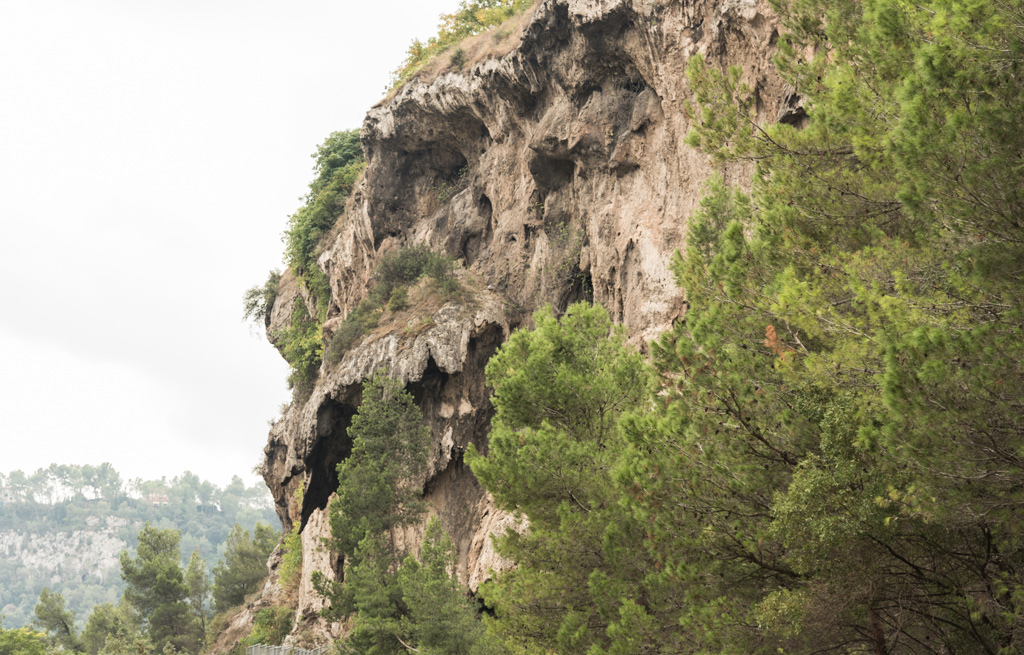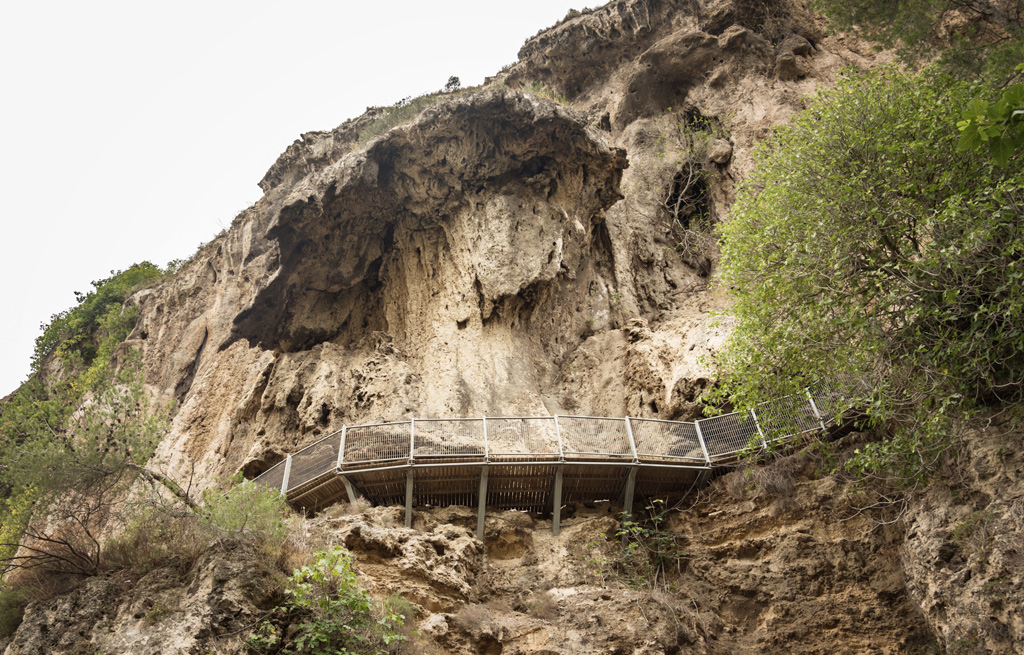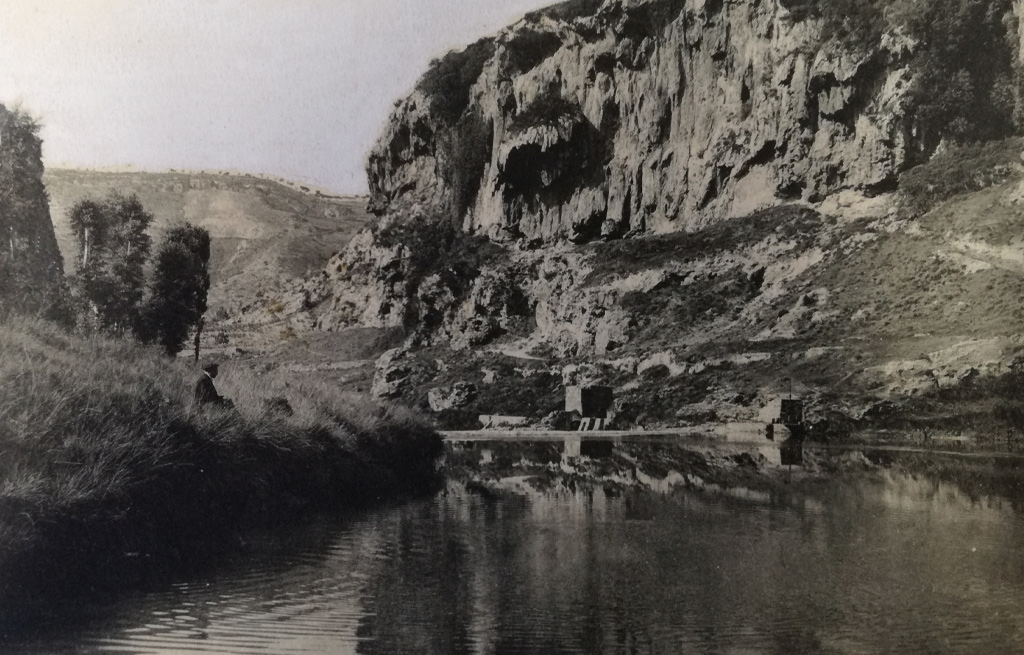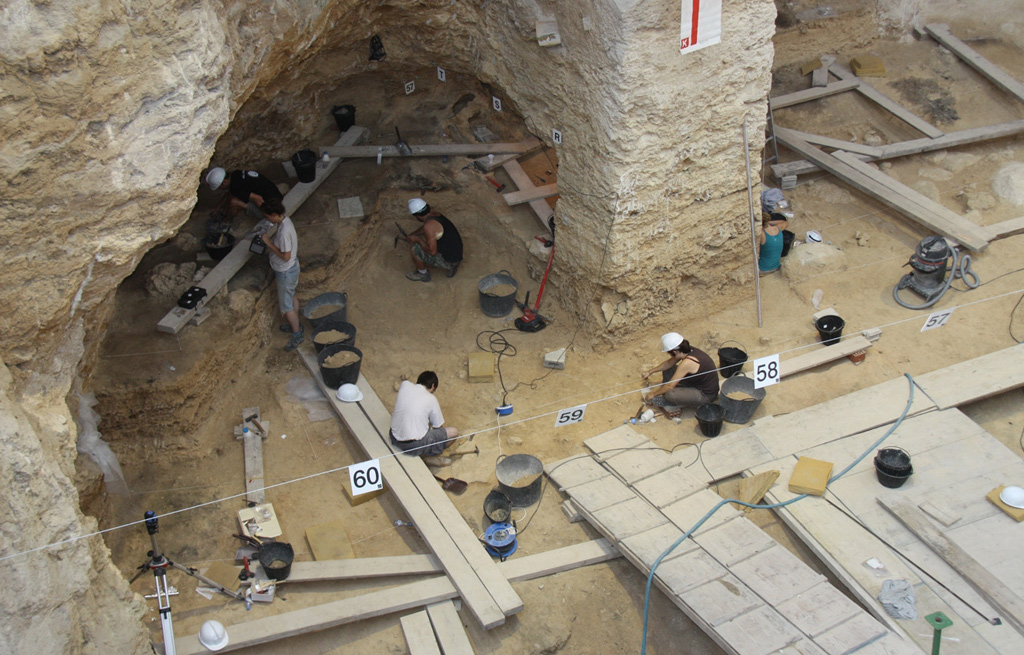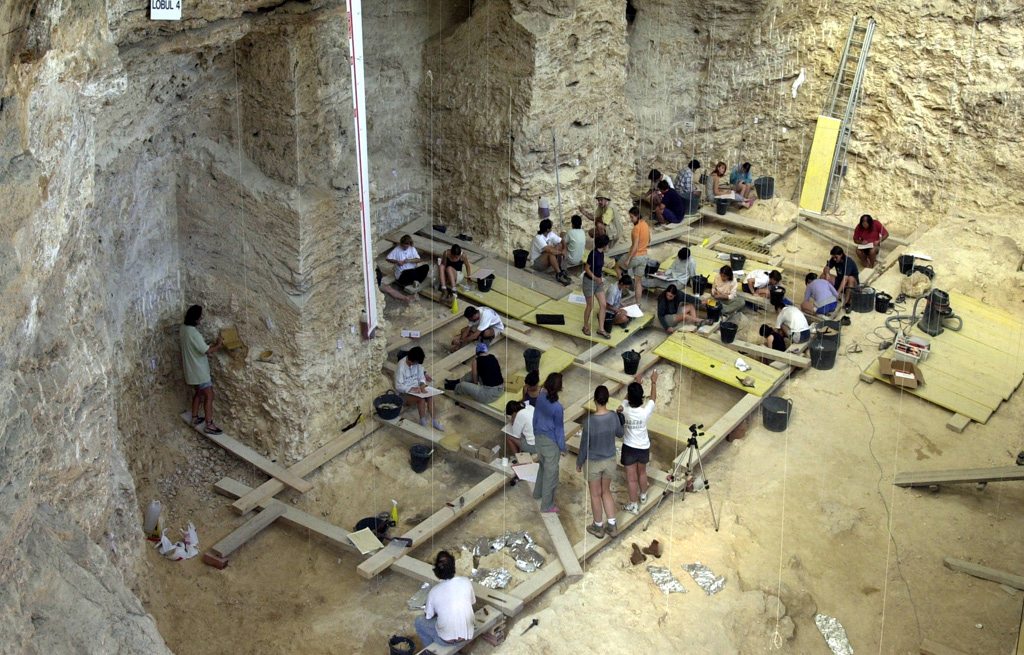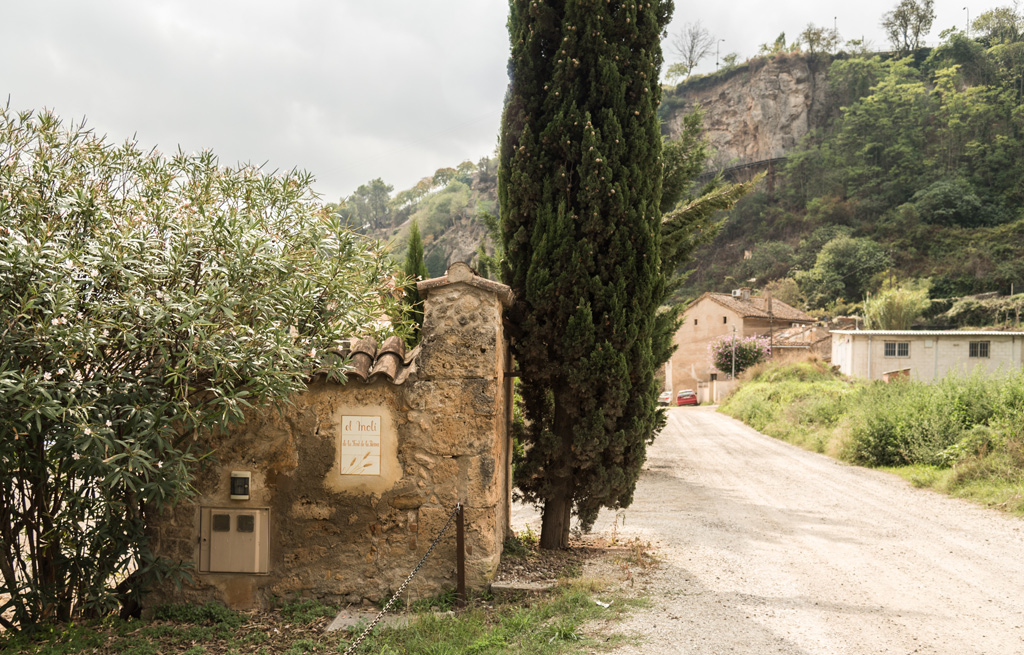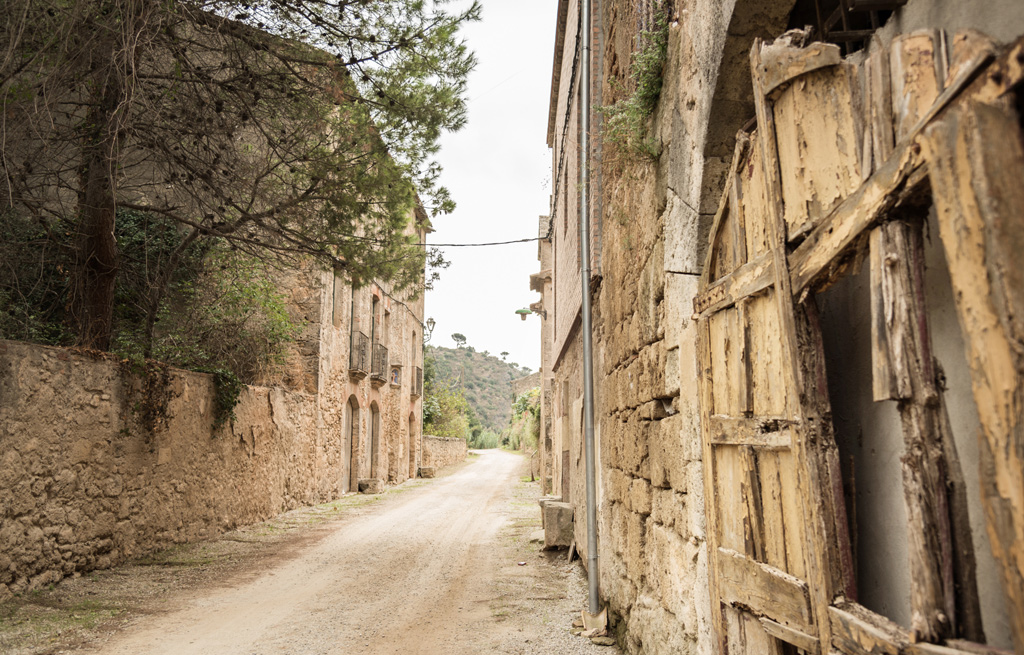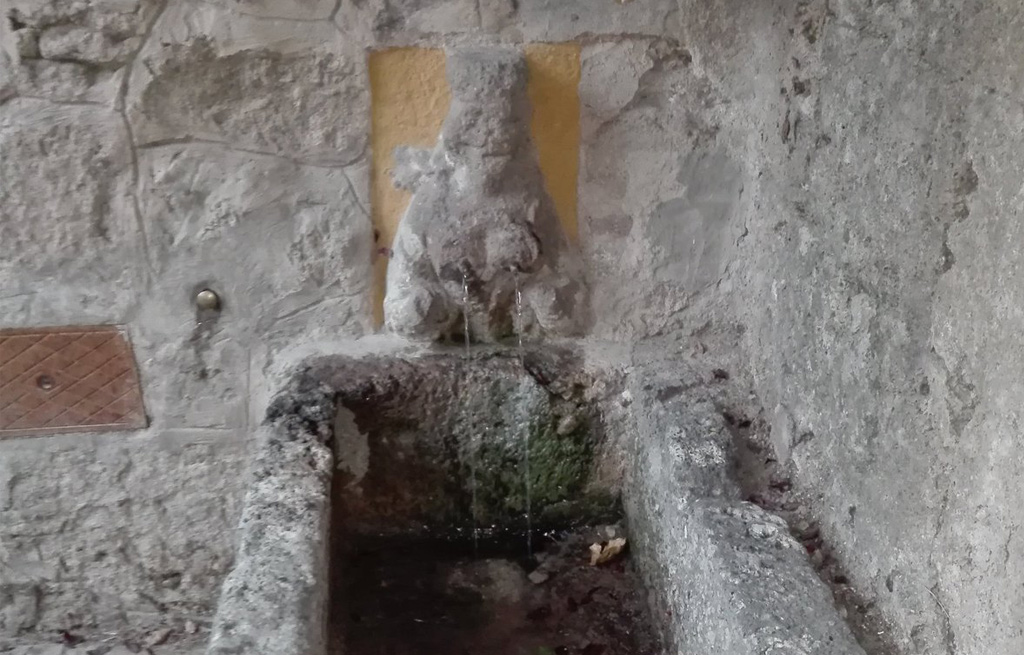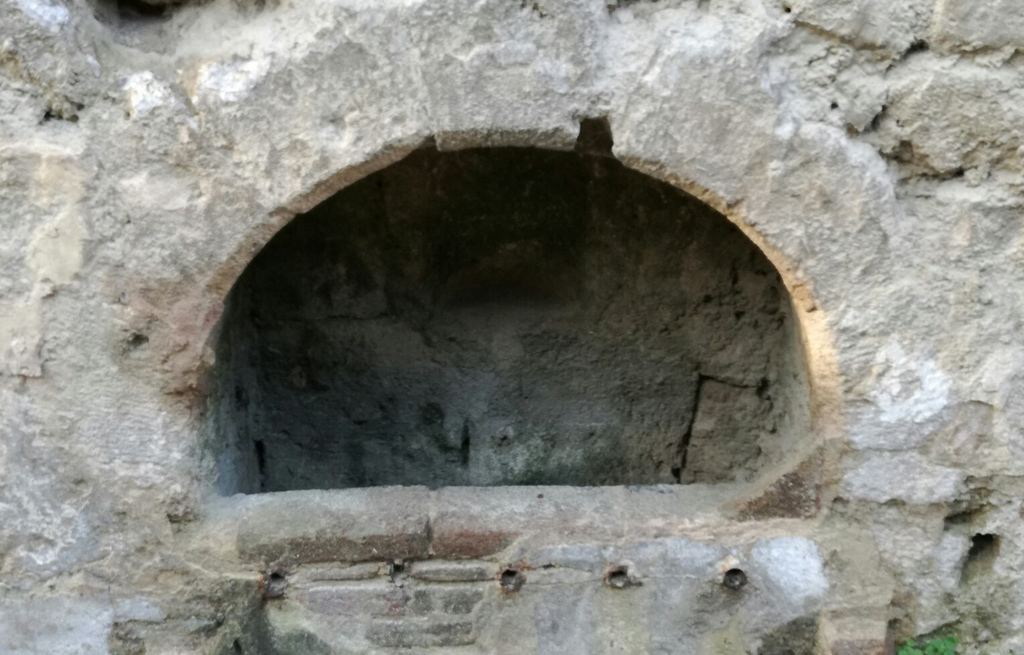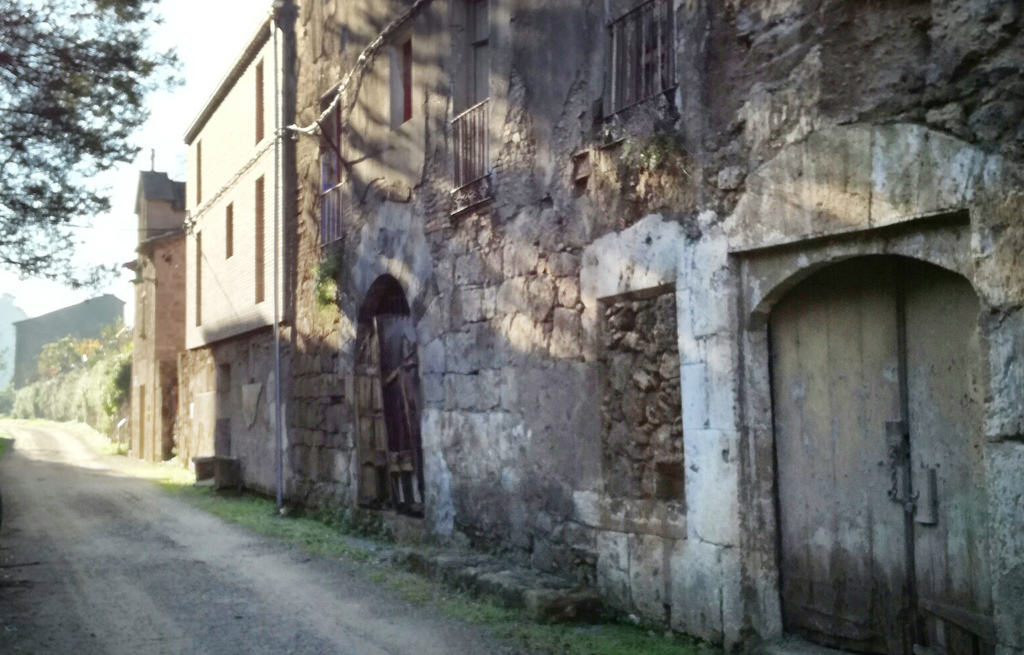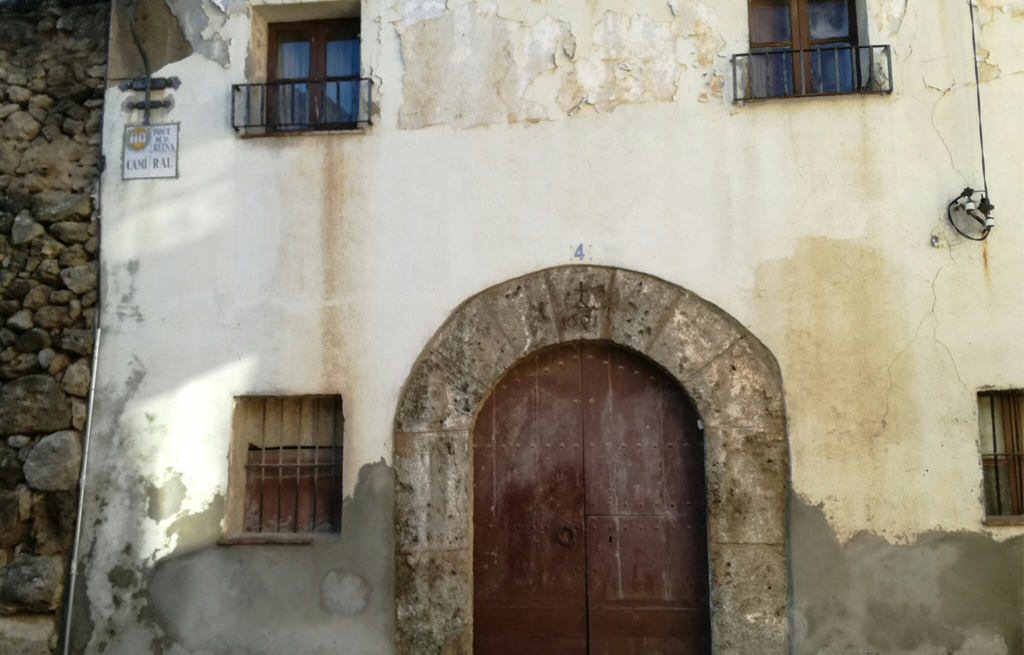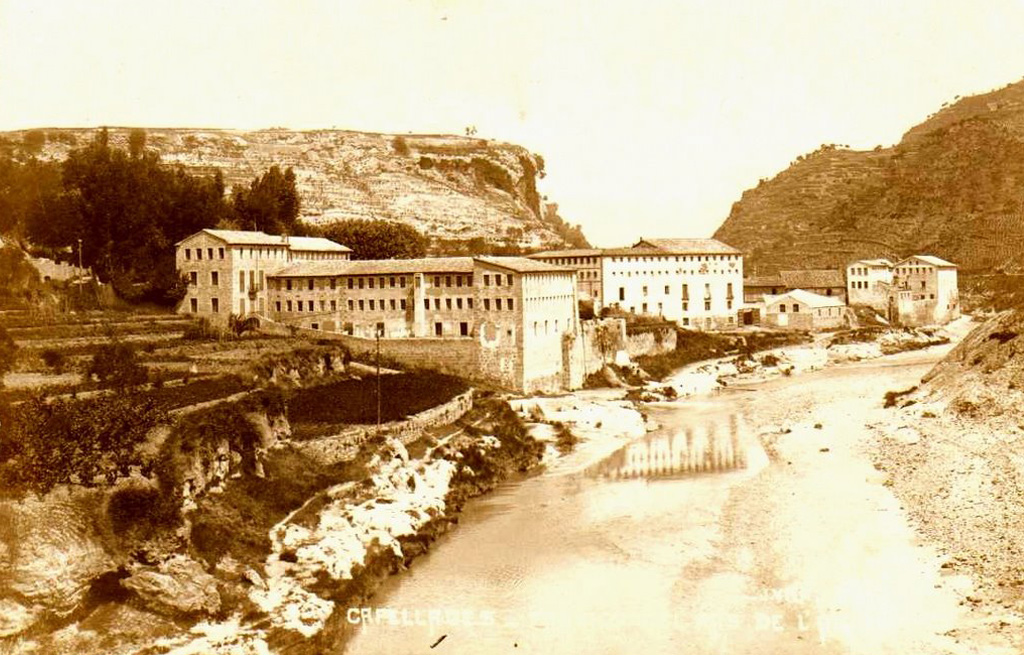ITINERARY 01
CAPELLADES
The Capellades route is the most urban and the shortest. Despite that, it is one of the itineraries on which we can see more sights connected with our paper making heritage. We start off from the small lake known as the Bassa in the shadow of the Molí de la Vila (home to the Capellades Paper Mill Museum). We then follow the water channel known as the Rec del Corronaire. Eventually, we will end up at the viewpoint called the Mirador de la Miranda, from where you can see all the Molins de la Costa (the papermills sited along the watercourse). The route will take us down to the ancient Camí Ral (Royal Way) passing through the hamlet known as the Font de la Reina (The Queen’s Fountain). We then shadow the River Anoia with the spectacular cliffs of Capelló on our right to the Pas de l’Aigua (a seasonal waterfall) at which point there is a track that will bring us back up to Capellades.

Download itinerary!
FEATURED
SPACES
CAPELLADES PAPER MILL MUSEUM
Located in Capellades, the Paper Mill Museum can be found in an old paper mill known as the Molí de la Vila, which preserves the characteristic structure of an 18th century paper mill. Right next to it, there is a small lake fed by a natural spring of crystalline water, which once provided water for the 16 mills of the town. In the permanent exhibition spaces in the museum, the history of paper (from its origins to current manufacturing processes) is explained. In the basement of the mill, visitors can learn in detail about the craft of paper making with the original tools and machinery. Indeed, we still continue producing handmade paper there today. The collections and documents preserved on the upper floors make this museum one of the most important centres, internationally, dedicated to the study and dissemination of all aspects of paper making.
ELS MOLINS DE LA COSTA
In Capellades there were two groups of paper mills; the Molins de la Costa and the Molins del pas de l’aigua. The former were the largest group of mills receiving water from the Bassa (the pond next to the Molí de la Vila- home to the Capellades Paper Mill Museum). The water was used to turn water wheels which then powered the machinery in all the mills along the irrigation channels known as the Sèquia Major or the Rec del Corronaire. The mills served by these channels, in order, were the Molí de la Vila, the Molí del Fages, Cal Fortugós, the Molí del Pla (Cal Titllo), Cal Castells, Cal Mata, Cal Sapara, Ca l’Anton, the Molí Xic, Cal Farreres, Cal Cats, the Molí d’en Pau Vidal, the Molí Joan Pere, Can Almirall, the Molí d’en Tortet and the Molina mill.
ABRIC ROMANÍ
Geologically, the Abric Romani is a cavern in the cliffs known as the Cinglera del Capelló. These cliffs are made of travertine rock and are a kilometre long and an average of some 50 metres high. They were formed by the action of carbonated water emerging from the spring that is the source of the Bassa. The heavy lime content of the water fossilized any vegetation growing in the area.
Along the length of the cliffs the action of falling water formed a considerable number of caves, ledges or rock shelters. These were later used as temporary homes by countless generations of early humans. Among all of these occupations, the most notable for its importance is the Palaeolithic site known as the Abric Romani. This was discovered on 9th August 1909 by a paper-making industrialist called Amador Romaní i Guerra. Today it is considered one of the most important Neanderthal sites in the world. Since 1983, the excavations, held every summer, have been directed by Dr. Eudald Carbonell. The dig has brought to light dozens of wooden objects and more than two hundred remains of fires once used for cooking, light or heating. These finds have helped document the lives of these hunter-gatherer communities.
LA FONT DE LA REINA
The Font de la Reina district was a strategic stop along the old royal road linking the towns of Piera and Igualada. As a main pathway into the interior, it once housed numerous coaching inns. Next to one of the arched doorways of one of these traveller’s stopping points (Can Carol, dated between the 16th and 17th centuries) there is a fountain with a neoclassical carved female bust. Two jets of water once sprang from her breasts.
It is believed that it was carved in memory of Queen Petronella of Aragon, wife of Ramon Berenguer IV, who while in the process of moving to Barcelona in 1151, passed through the place. It has been associated with her ever since.
La Font de la Reina became a busy junction for the carts and carriages that transported Catalan paper to the interior of the Iberian peninsula.
PAS DE L’AIGUA
This group of mills comprised the Molí Vell, Cal Manel and Cal Violant. The water that moved the water wheels of these mills came from the water channel that emerges beneath the overhang known as the Barret del Capelló. The water was used by each mill in turn. In addition, for the clean water needed to actually make the paper, all three drew water from wells.

